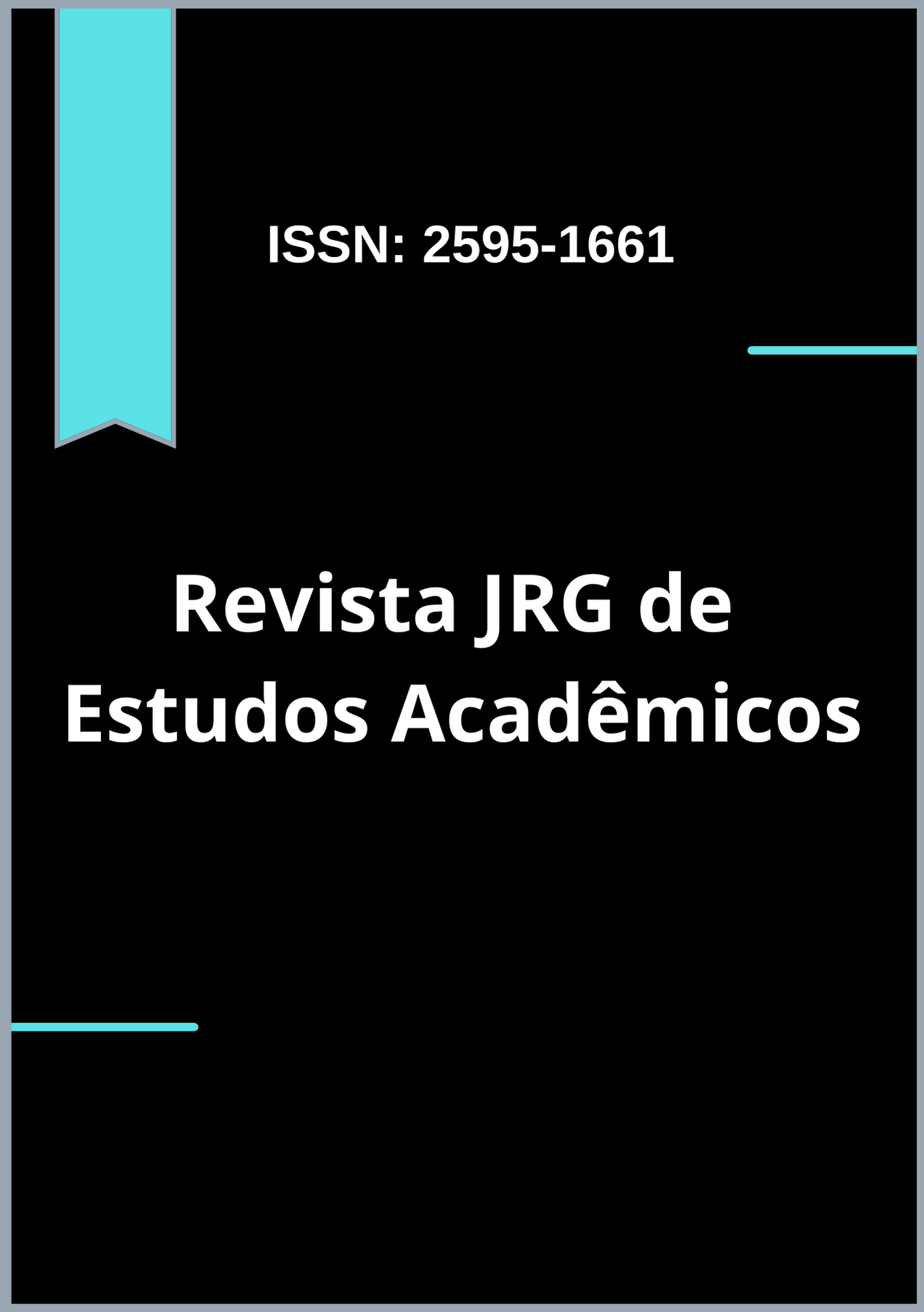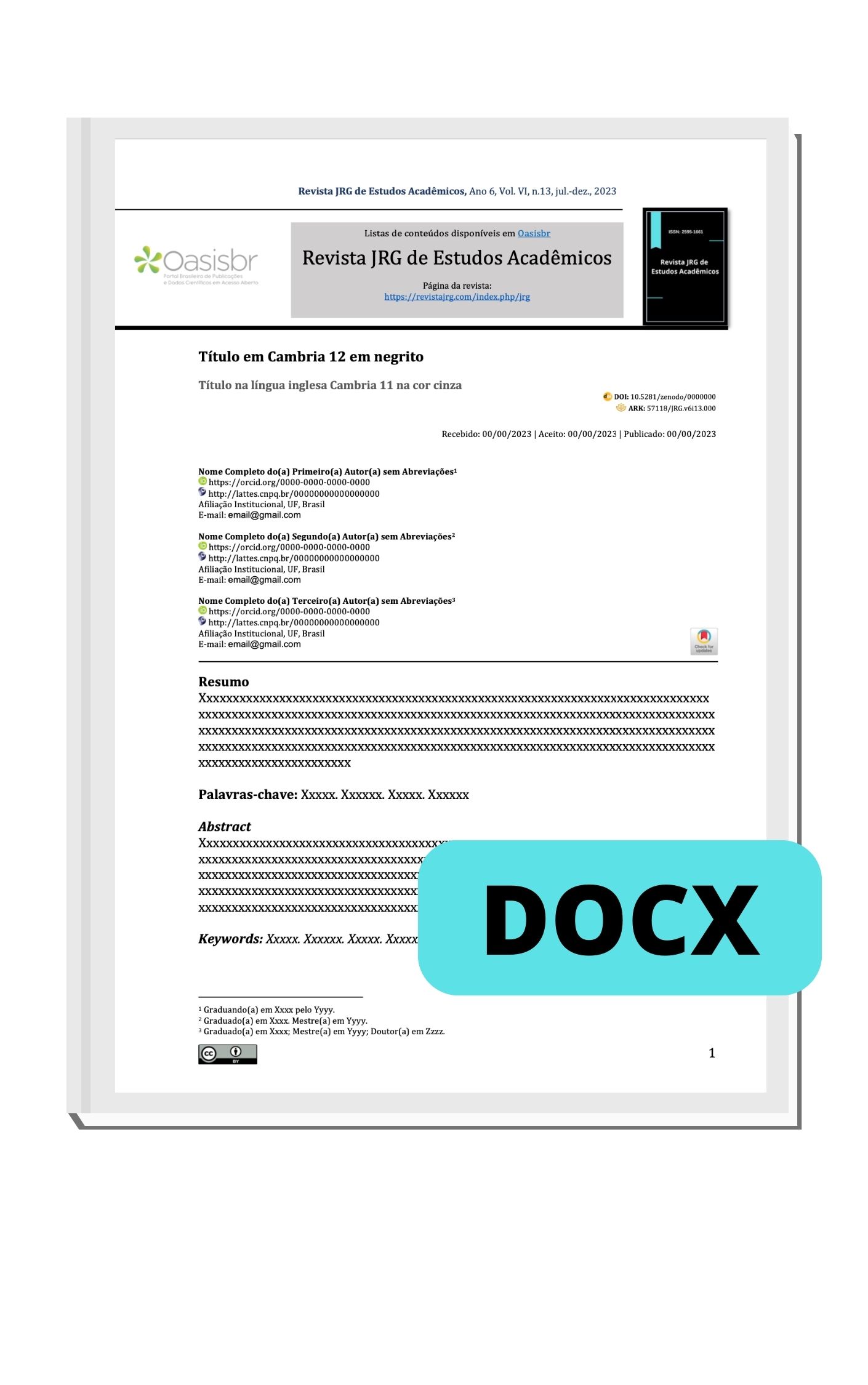The impact of transthoracic point-of-care ultrasound on the pause time between chest compressions during cardiopulmonary resuscitation: systematic review and meta-analysis
DOI:
https://doi.org/10.55892/jrg.v6i12.480Keywords:
Ultrasound, Cardiopulmonary resuscitation, Cardiac arrestAbstract
Objective: To value the impact of transthoracic point-of-care ultrasound (POCUS) on pause time between chest compressions during CPR. Methods: Systematic literature review in PubMed, Embase, Scopus, and Biblioteca Virtual em Saúde databases. The primary outcome of the meta-analysis was the difference in pause time between chest compressions in CPR with and without transthoracic POCUS. The secondary outcome was the return of spontaneous circulation of the manual verification and transthoracic POCUS groups. We used software R version 4.1.3 to perform all statistical analyses. Results: The search in the databases resulted in 6177 publications. However, only five met all inclusion criteria. Most of the studies were prospective cohorts. The mean age ranged from 56.5 to 66 years, and males were predominant in all studies. All showed longer pauses in the POCUS group. There was a statistical association between the use of POCUS and longer pauses between chest compressions with an MD of 3.88 (95% CI 2.76; 5.01; p-value < 0.0001). The additional exclusion of any of the five studies did not change the result, i.e., DM between the two groups continued to be statistically significant. Conclusion: The combined analysis of the data suggests that using the POCUS increases the pause time between chest compressions by an average of 3.88 seconds. However, further studies evaluating the impact on return to spontaneous circulation and mortality are necessary.
Downloads
References
Gao M, Niu H, Yuan S. Comparison between automated cardiopulmonary resuscitation and manual cardiopulmonary resuscitation in the rescue of cardiac and respiratory arrest. Pakistan J Med Sci. 2022;38(8):2208–14.
Ávila-Reyes D, Acevedo-Cardona AO, Gómez-González JF, Echeverry-Piedrahita DR, Aguirre-Flórez M, Giraldo-Diaconeasa A. Point-of-care ultrasound in cardiorespiratory arrest (POCUS-CA): narrative review article. Ultrasound J [Internet]. 2021;13(1). Available from: https://doi.org/10.1186/s13089-021-00248-0
Merchant RM, Topjian AA, Panchal AR, Cheng A, Aziz K, Berg KM, et al. Part 1: Executive summary: 2020 american heart association guidelines for cardiopulmonary resuscitation and emergency cardiovascular care. Circulation. 2020;142:S337–57.
Lentz B, Fong T, Rhyne R, Risko N. A systematic review of the cost-effectiveness of ultrasound in emergency care settings. Ultrasound J [Internet]. 2021 Dec 1;13(1). Available from: /pmc/articles/PMC7943664/
Link MS, Berkow LC, Kudenchuk PJ, Halperin HR, Hess EP, Moitra VK, et al. Part 7: Adult advanced cardiovascular life support: 2015 American Heart Association guidelines update for cardiopulmonary resuscitation and emergency cardiovascular care. Circulation. 2015;132(18):S444–64.
Soar J, Nolan JP, Böttiger BW, Perkins GD, Lott C, Carli P, et al. European Resuscitation Council Guidelines for Resuscitation 2015: Section 3. Adult advanced life support. Resuscitation [Internet]. 2015 Oct;95:100–47. Available from: http://www.resuscitationjournal.com/article/S0300957215003287/fulltext
Blanco P, Martínez Buendía C. Point-of-care ultrasound in cardiopulmonary resuscitation: a concise review. J Ultrasound [Internet]. 2017 Sep;20(3):193. Available from: /pmc/articles/PMC5573702/
Huis in ’t Veld MA, Allison MG, Bostick DS, Fisher KR, Goloubeva OG, Witting MD, et al. Ultrasound use during cardiopulmonary resuscitation is associated with delays in chest compressions. Resuscitation [Internet]. 2017 Oct 1;119:95–8. Available from: http://www.resuscitationjournal.com/article/S0300957217303027/fulltext
Reynolds JC, Nicholson T, O’Neil B, Drennan IR, Issa M, Welsford M. Diagnostic test accuracy of point-of-care ultrasound during cardiopulmonary resuscitation to indicate the etiology of cardiac arrest: A systematic review. Resuscitation [Internet]. 2022 Mar 1;172:54–63. Available from: http://www.resuscitationjournal.com/article/S0300957222000089/fulltext
Moher, D., Liberati, A., Tetzlaff, J., Altman, D. G., & PRISMA Group (2009). Preferred reporting items for systematic reviews and meta-analyses: the PRISMA statement. PLoS medicine, 6(7), e1000097. https://doi.org/10.1371/journal.pmed.1000097
Extração de dados contínuos em metanálise: dificuldades e imputação | HTANALYZE [Internet]. Available from: https://www.htanalyze.com/blog/extracao_continuos/
Roever, L. Guia Prático de Revisão Sistemática e Metanálise. 2020; 1. Ed. – Rio de Janeiro – RJ: Thieme Revinter Publicações.
Sterne JA, Hernán MA, Reeves BC, Savović J, Berkman ND, Viswanathan M, et al. ROBINS-I: a tool for assessing risk of bias in non-randomised studies of interventions. BMJ [Internet]. 2016;355. Available from: /pmc/articles/PMC5062054/
Shi L, Lin L, Omboni S. The trim-and-fill method for publication bias: practical guidelines and recommendations based on a large database of meta-analyses. Medicine (Baltimore) [Internet]. 2019 Jun 1;98(23). Available from: /pmc/articles/PMC6571372/
Yamane D, McCarville P, Sullivan N, Kuhl E, Lanam CR, Payette C, et al. Minimizing Pulse Check Duration Through Educational Video Review. West J Emerg Med [Internet]. 2020 Nov 1;21(6):276. Available from: /pmc/articles/PMC7673890/
Schwartz BE, Gandhi P, Najafali D, Gregory MM, Jacob N, Helberg T, et al. Manual Palpation vs. Femoral Arterial Doppler Ultrasound for Comparison of Pulse Check Time During Cardiopulmonary Resuscitation in the Emergency Department: A Pilot Study. J Emerg Med [Internet]. 2021 Dec 1;61(6):720–30. Available from: http://www.jem-journal.com/article/S0736467921002997/fulltext
Clattenburg EJ, Wroe PC, Gardner K, Schultz C, Gelber J, Singh A, et al. Implementation of the Cardiac Arrest Sonographic Assessment (CASA) protocol for patients with cardiac arrest is associated with shorter CPR pulse checks. Resuscitation [Internet]. 2018A Oct 1;131:69–73. Available from: http://www.resuscitationjournal.com/article/S0300957218303745/fulltext
Clattenburg EJ, Wroe P, Brown S, Gardner K, Losonczy L, Singh A, et al. Point-of-care ultrasound use in patients with cardiac arrest is associated prolonged cardiopulmonary resuscitation pauses: A prospective cohort study. Resuscitation [Internet]. 2018B Jan 1;122:65–8. Available from: http://www.resuscitationjournal.com/article/S0300957217307475/fulltext
Sterne JAC, Sutton AJ, Ioannidis JPA, Terrin N, Jones DR, Lau J, et al. Recommendations for examining and interpreting funnel plot asymmetry in meta-analyses of randomised controlled trials. BMJ [Internet]. 2011 Jul 22;343(7818). Available from: https://www.bmj.com/content/343/bmj.d4002









































